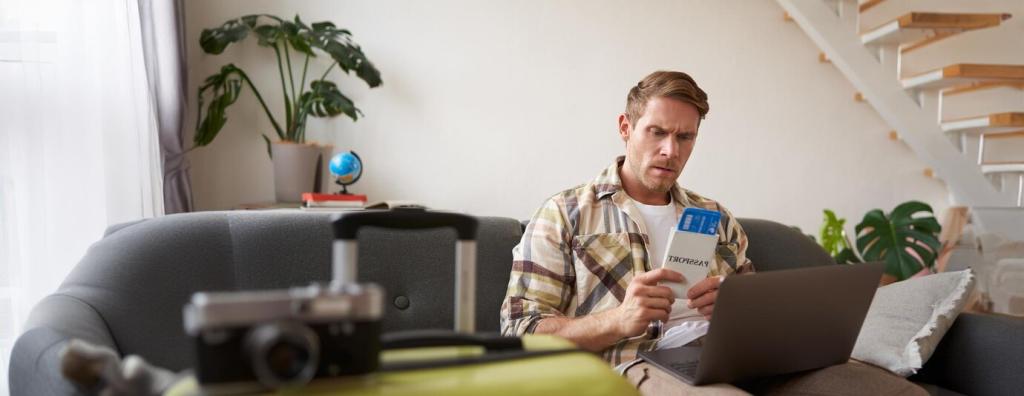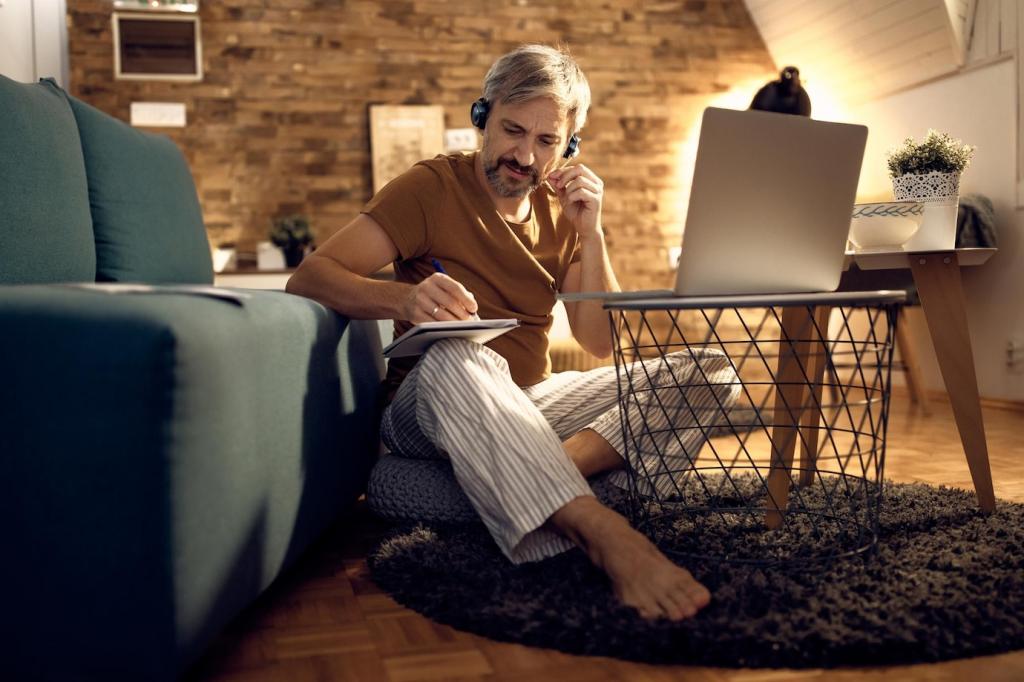Designing a Workspace That Works
Aim for neutral wrists, a chair with firm lumbar support, and a monitor at eye level so your neck stays happy. Use a footrest if your feet dangle, and alternate sitting with brief standing intervals. Share your ergonomic win in the comments to inspire others.
Designing a Workspace That Works
Prioritize daylight without glare, then add warm task lighting for evenings to protect your circadian rhythm. Plants can lower stress and improve perceived air quality. One reader’s headaches vanished after moving their monitor away from the window. Post your before‑and‑after photos and tag your favorite plant.
Designing a Workspace That Works
Tame distractions with noise‑canceling headphones, soft furnishings that absorb sound, and predictable quiet blocks. Pair ambient soundscapes with a timer to cue deep work. Customize notification settings to silence nonessential pings. What sound or playlist helps you focus best? Drop your recommendation for the community.
Designing a Workspace That Works
Lorem ipsum dolor sit amet, consectetur adipiscing elit. Ut elit tellus, luctus nec ullamcorper mattis, pulvinar dapibus leo.




